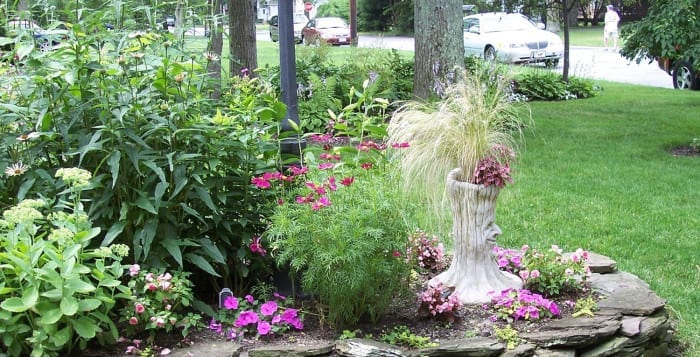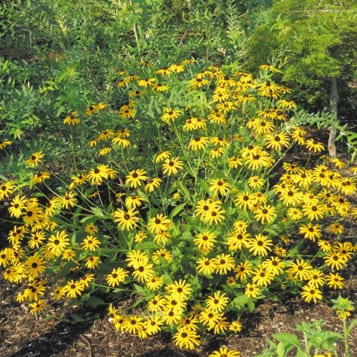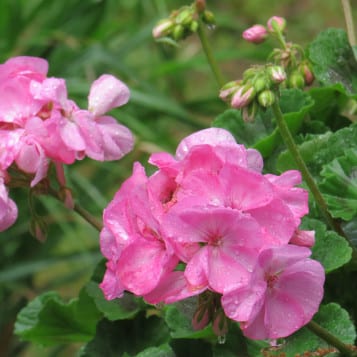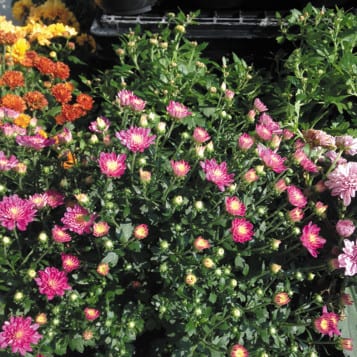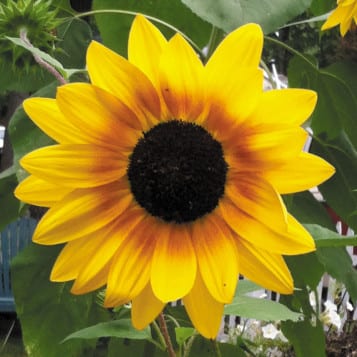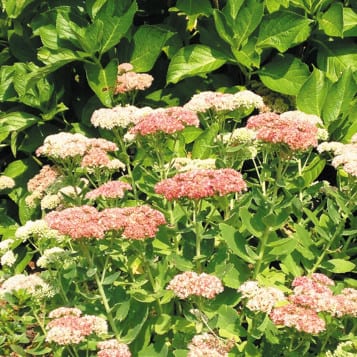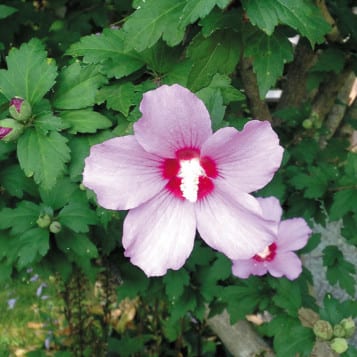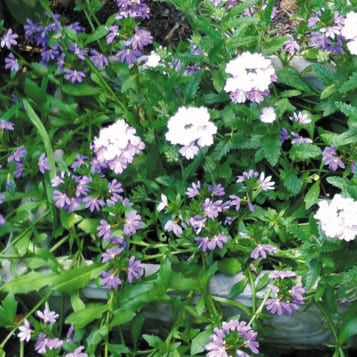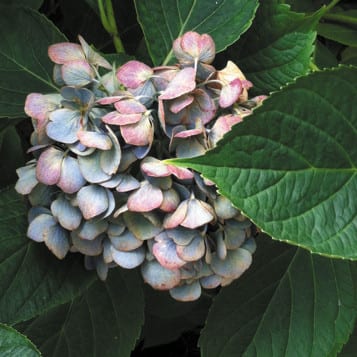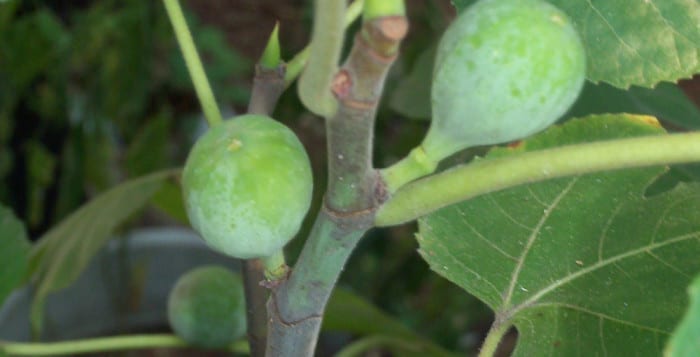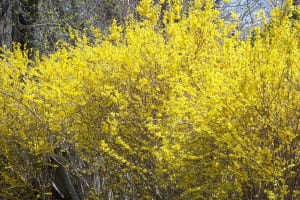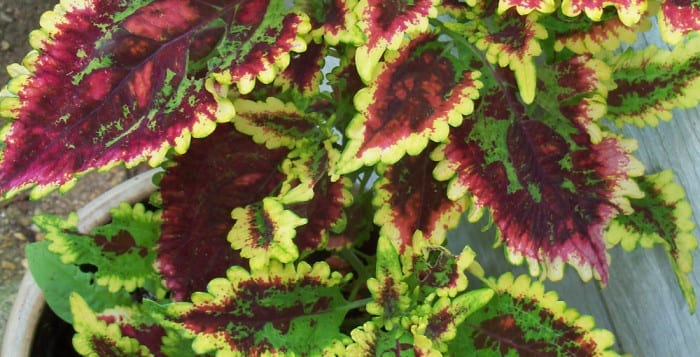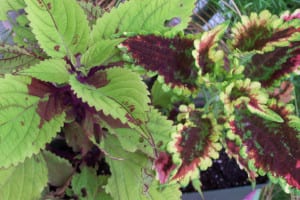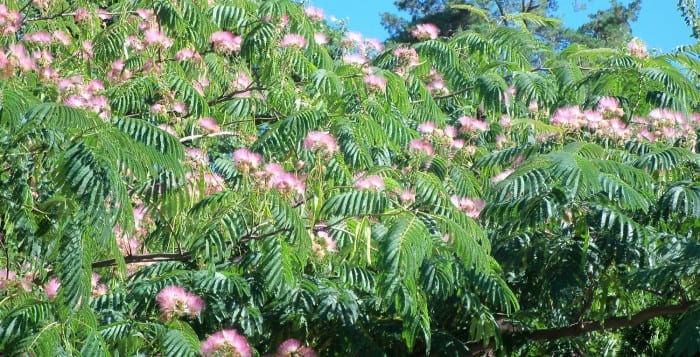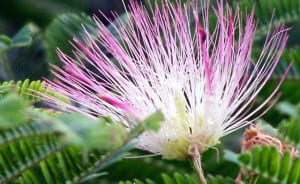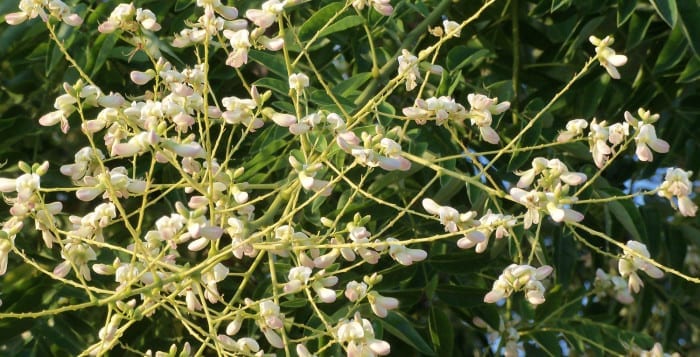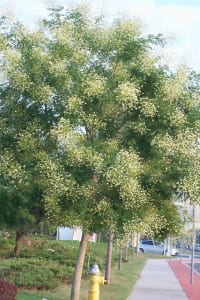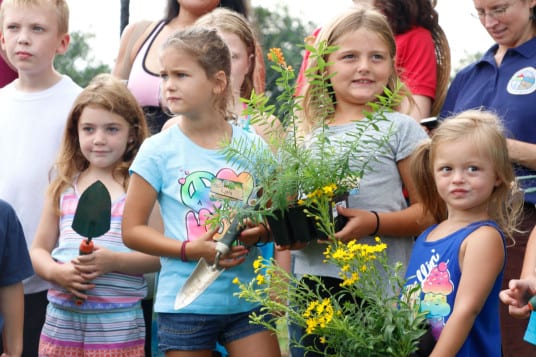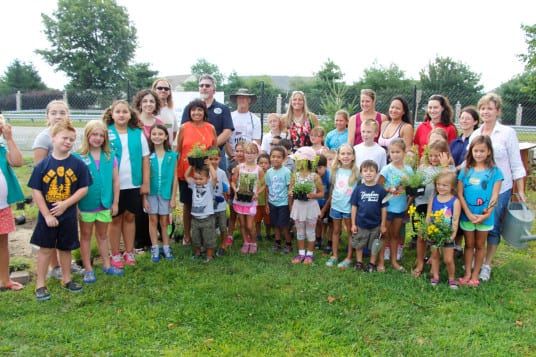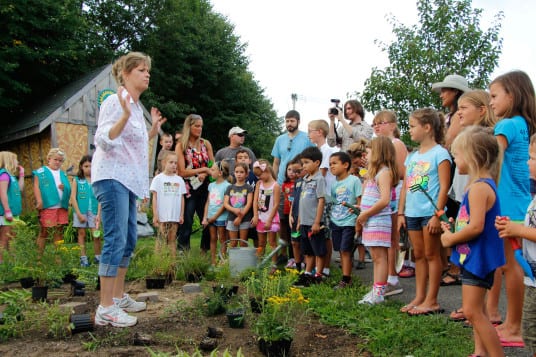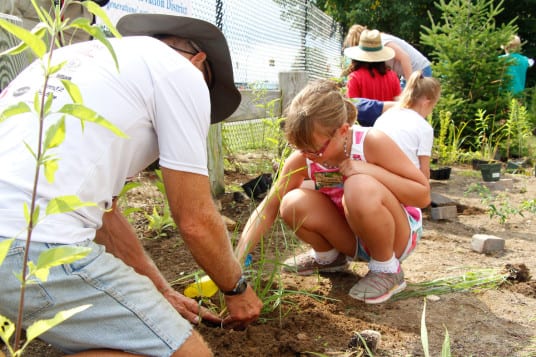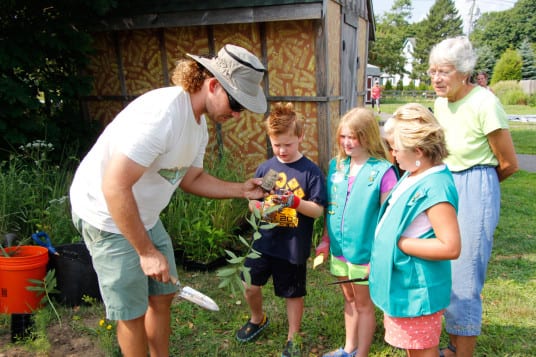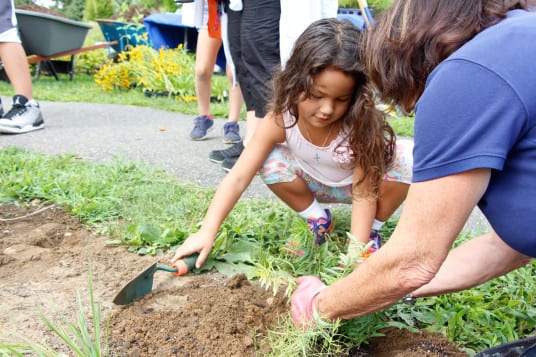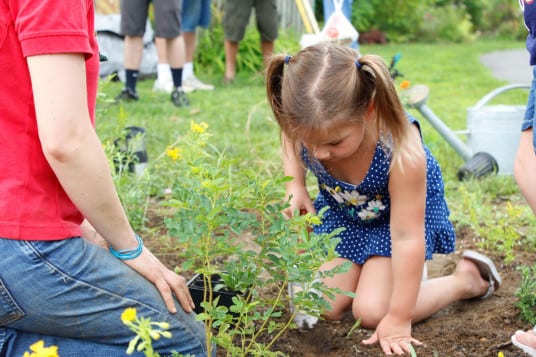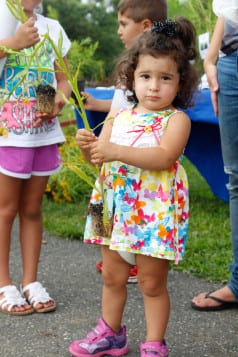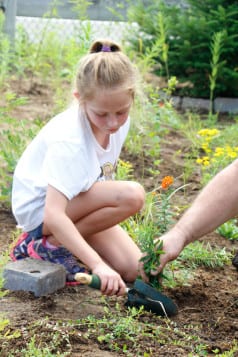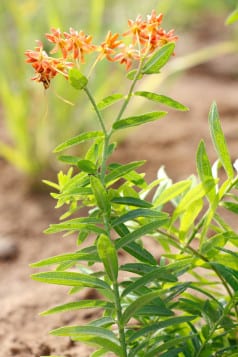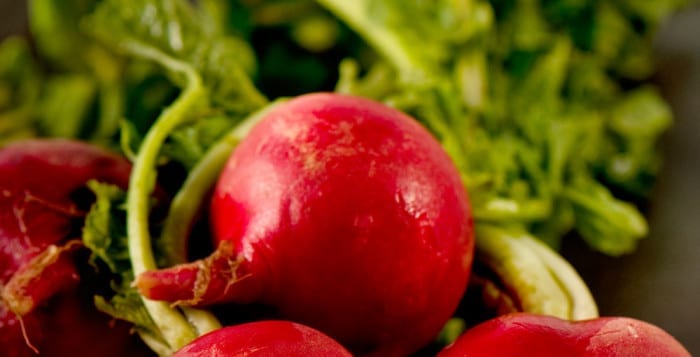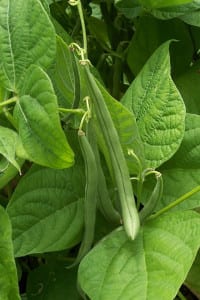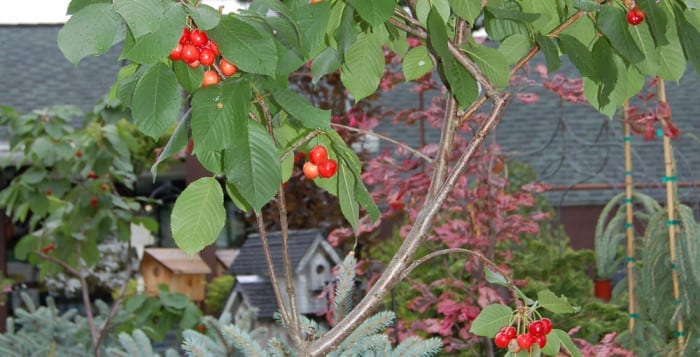By Ellen Barcel
Do you have a problem spot in the garden or a garden that you feel is vulnerable, for example, to cars along a road way? You may want to consider building and planting a berm. Berms are described as an artificial ridge or embankment, used for defense or as a barrier — basically it’s a little hill. It’s also a way of providing privacy, redirecting foot traffic, creating a noise barrier, directing and controlling rainwater, blocking an unattractive view, creating a focal point or as wind protection. You can probably think of other uses, including creating interest in a flat landscape or as the center in a circular driveway.
To create the berm, make a plan on paper first. Generally, the berm should be four to five times as long as it is high. In general, berms are one to two feet high, but that is really up to you. They could be higher, even five or six feet. The bigger the berm, the more fill you will need to create it. If you are using a contractor (strongly recommended if it’s a big job), the firm can provide the fill. If you are doing the work yourself, then make sure you don’t use fill that will add chemicals to the soil/groundwater. Also, don’t use wood as it will decompose and the berm (or at least part of it) will sink down into the surrounding ground.
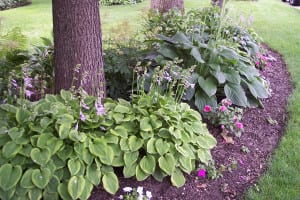
Once you or your landscape contractor have created the berm, you need to plant it. What plants you select really depends on why you created the berm in the first place. For example, if you did it as a noise barrier or to block an unsightly view, then you probably want evergreens since they will protect year round while deciduous trees or shrubs would not in winter. If it’s for privacy in an area that you only use in summer, then you could use deciduous plantings.
Another considerations is where the berm is located. If it’s in a very shady location, then you need to plant shade-tolerant plants. You could use rhododendrons (some reach a height of 10 or more feet tall), hostas and ferns. If it’s to create a focal point in a sunny location, you could use perennial flowers such as coneflowers, black eyed Susans, mums, etc. Berms also work well as a place to install a rock garden.
Depending on the use, you might want a variety of plantings to supply year-round interest — rhodies in the spring, coneflowers in the summer, mums and ornamental grasses in the fall. Grasses are also lovely in winter with snow and ice on them. Red twig dogwood adds color to the winter garden. Don’t forget the mulch for spaces between plantings.
Berms can create a microclimate. If it blocks the sun, then one side could be cooler than the other. Or, if it blocks the wind, it might allow more tender plants to survive well on the protected side. Follow general landscaping principles, for example, put taller plants in back (or for a very large berm in the center) and shorter plants near the edges. Two plants create a more formal appearance while three (or five) create a more casual look.
When planning out your berm, you might want to add some small statuary, a birdbath, a bird feeder or in a sunny location, a sundial. Plan how you will access the center of the berm — for example, several stepping stones. You also need to decide how you will edge the berm. You could just put some simple edging in where the berm meets the grass. Or you could put in a number of decorative stones. If the berm is very high, four or five feet tall or more, you may want to terrace it.
Autumn/winter is the ideal time to plan out what you want to do and how to do it. Research the plants that will be installed. Then come the first mild days in early spring, you can get started.
Ellen Barcel is a freelance writer and master gardener. Send your gardening questions to [email protected]. To reach Cornell Cooperative Extension and its Master Gardener program, call 631-727-7850.

